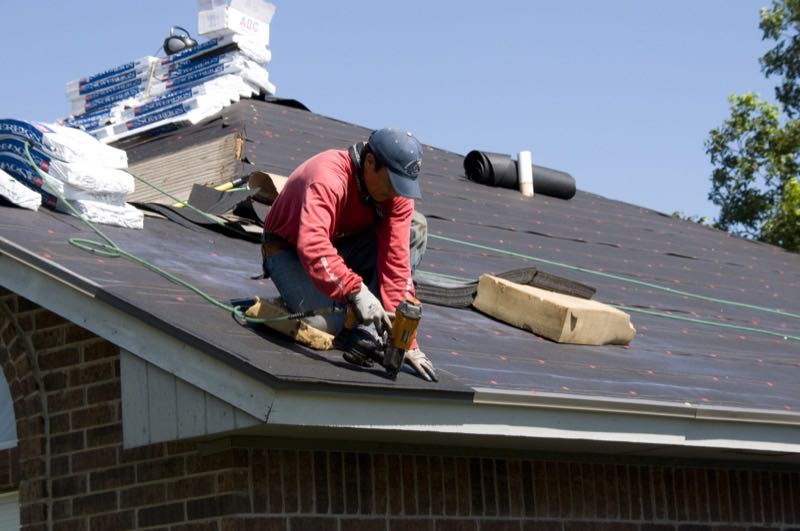If you own a home, you know how painful and expensive it is to replace a roof. The United States seems like one of the few places in the world where asphalt shingles dominate and metal, shake, and tile roofing make up the minority. With a little know-how, we put together some non-negotiable roof maintenance tips if you want your roof to last longer. Do these recommended things and you could easily add 5-10 years to the life of your roof.
When we purchased our brand new home recently, the shingles came with a “lifetime” guarantee. We’d put good money on “lifetime” meaning somewhere around 12-15 years in sunny Florida. In any case, we’ll need to do some roof maintenance to keep our roof looking its best.
Roof Maintenance in a Nutshell
Inspect Your Roof Each Fall
You want to inspect your roof each Fall and Spring as a matter of practice. You also want to observe it for damage after any major storms. In Florida, that means tropical storms, as well as major thunderstorms. Hurricanes, of course, always require some serious inspection to make sure nothing became loose after all of that wind!
As you walk around your house and on the roof, look for missing or loose shingles/panels and flashing. You also want to look for any damage to the seals around roof vents. Those are all areas that can introduce moisture into the wood that should be covered, so you’ll want to have a professional fix them right away.
Clean Your Gutters
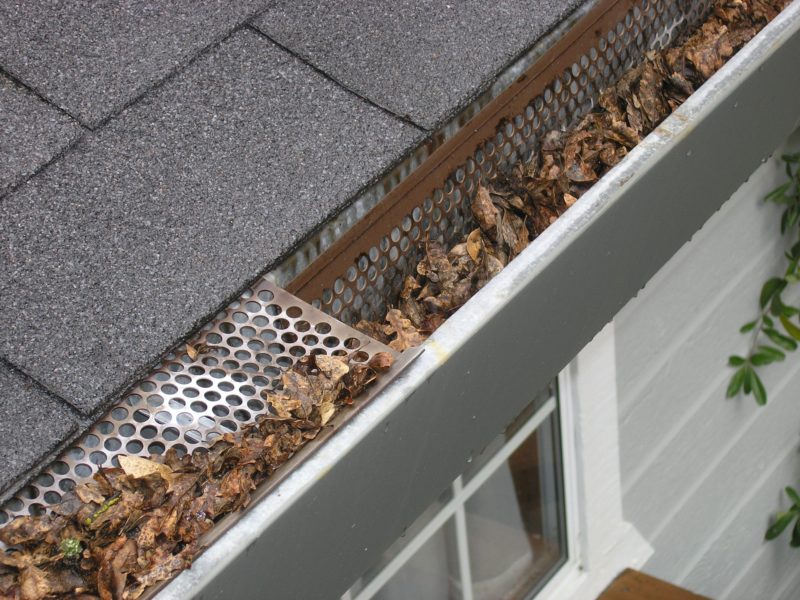
Leaves, moss, twigs, and other debris collects in your gutters as the year progresses. When you do your spring and fall DIY roof inspections, check the gutters and downspouts as part of your roof maintenance plan. As they build up debris, they’ll clog and let water back up to the edge of your roof where it’s more likely it can find a way in to start attacking the wood.
You can get rid of loose debris easily with a blower, though you’ll want to grab a pair of gloves to dig out any major build-up. Some advocate the use of gutter guards, however even these need to be monitored and maintained to ensure they perform as expected.
Clean the Roof
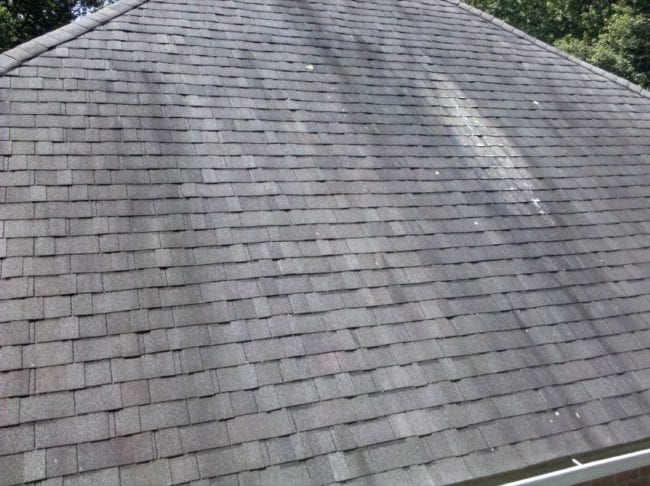
Mold, mildew, and moss are frequent intruders that start to make roofs look dingy. One of the most popular techniques to clean it is with a pressure washer. However, that high-pressure spray can get right up under the shingles and find its way through the tar paper to your wood. It can also blow off the granules on asphalt shingles.
Instead, we recommend using either a commercial-grade mold/mildew/moss roof cleaner. Apply it and then let it sit for 30 – 45 minutes. You can then use a long-handled brush to scrub the roof before rinsing it off.
If you want to use your own solution instead of commercial-grade chemicals, check out the following DIY roof cleaners:
- White vinegar: 3 cups in 2 gallons of water
- Dawn dish soap: 8 ounces in 2 gallons of water
- Oxygen bleach (powdered): 1 pound in 2 gallons of water
- Chlorine bleach (liquid): 3 cups in 2 gallons of water
You can still use your pressure washer to spray the solution on your roof. Use your widest nozzle and lowest pressure. Remember, you’re applying a solution, not pressure cleaning. Just note that most pressure washers warn against using bleach in the system, so stick with the dish soap or vinegar methods if that’s the way to want to go. We also recommend using systems that apply any additives after the pump.
Professional Roof Cleaning Options
Even if your spring/fall DIY inspections pass with flying colors, you may still want to periodically call in a professional to inspect your roof. How often depends on what climate you live in, but every 3 to 5 years is a good rule of thumb. Climates that get more rain and/or snow will want to be closer to the 3-year side, while those in the drier southwest can go longer.
How to Know When It’s Time to Replace Your Roof
Most roof covers have an estimated life. Shingles can be rated to 20-year or 30-year or more. Some even claim to have “lifetime” warranties. But just how long is a lifetime? Is it possible to need a roof replacement earlier?
Understanding Expected Timelines Based on Material
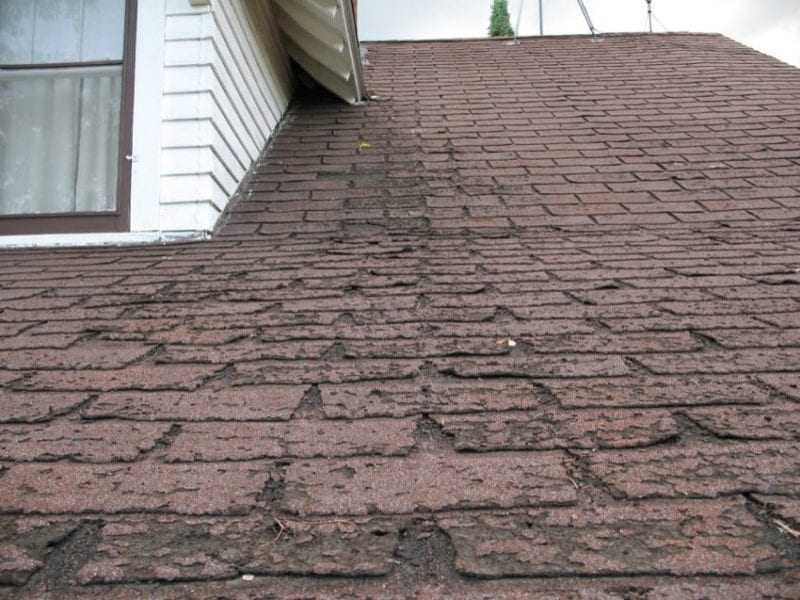
Here are some general guidelines:
- Asphalt shingles: 20-30 years (much less in heat- and hurricane-prone areas like Florida)
- Metal: 50-70+ years
- Wood shingles/shake: 25-35 years
- Slate shingles: 100+ years
- Tile: 45-60 years, though clay can last more than 100 years
- Solar singles/panels: 20-30 years
If your roof is sagging, that’s something you need to address immediately. Also, if you discover missing shingles or roof damage, you’ll want to have a professional come out and see if it just needs a quick fix or if there’s deeper damage.
Should I Replace My Roof If I’m Selling My House?
Yes! Your home is going to have a professional inspection before a lender will sign off on the loan. Your potential buyer more than likely has to schedule a roof inspection. Both you and your buyer will know if it needs to be replaced. If the buyer wants your home and it needs a roof replacement, you may have to settle for a lower price to close the deal.
While replacing a roof averages around $9,000 or more, the National Association of Realtors says you’ll average a 100% or higher cost recovery when you put the “For Sale” sign in your yard.
Be sure to check out our best remodeling ideas to raise home values article.
Choosing the Right Replacement Roofing Materials
The easiest way to go is simply to replace the roof you have with the exact same materials. Switching can save you money in the long run, last longer, and/or give your home a completely new look. Here’s a breakdown of the most popular roofing materials.
Asphalt Shingles

Pros
- Durable construction
- Easy to install
- Multiple color options available
- Works in every climate
Cons
- Other roofing materials will last longer
- Color will fade over time, even with proper maintenance
- Varying degrees of quality
Metal Roofing
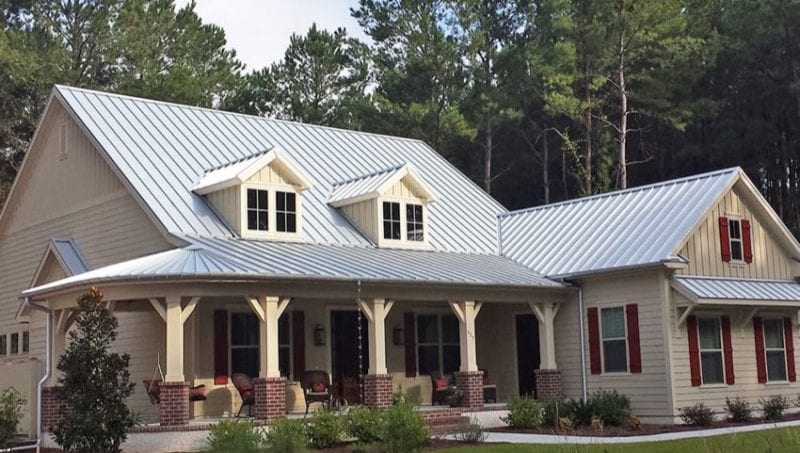
Pros
- Low maintenance
- Strong construction with excellent lifespan
- Relatively lightweight material
- Multiple paint colors and designs to choose from
- In some cases, you can repaint it rather than replacing it
Cons
- Not all roofing companies are experts in proper metal roofing installation
- Much more expensive
- Produces more noise than other roofing materials (not an issue with proper attic insulation)
Wood Shingles/Shake
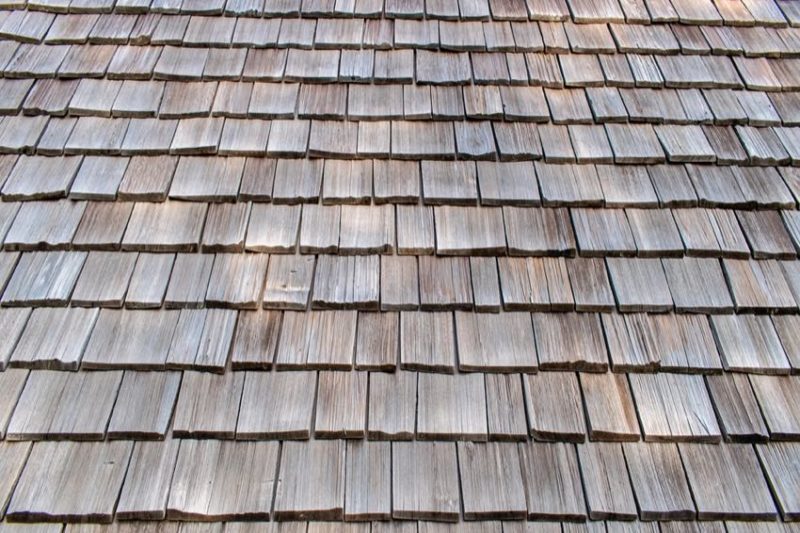
Pros
- Can be made from recycled wood
- Weathering gives it a rustic look rather than dingy
- Shakes are thicker than shingles
Cons
- Higher maintenance needs
- Not a good choice in fire-prone areas (codes may prevent use)
- Not as durable in wet climates
- May actually raise your homeowner’s insurance rates
Slate Shingles
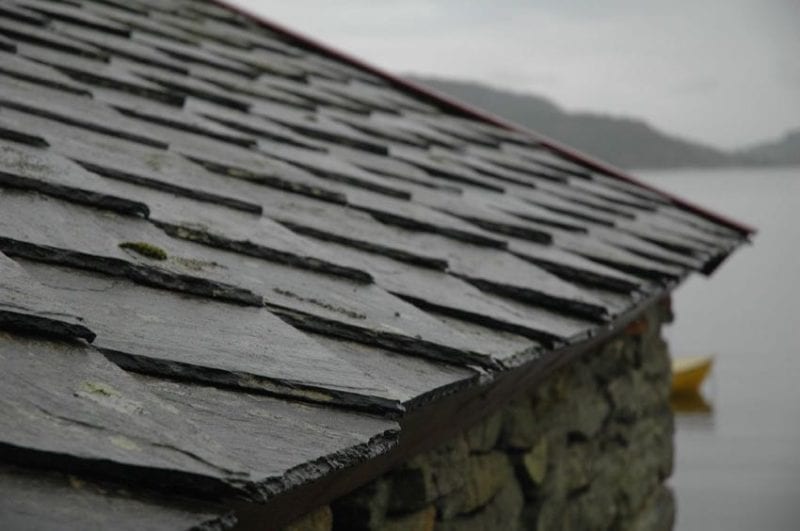
Pros
- Highest roofing material lifespan
- Offers a sophisticated look
- Fire-resistant
- Multiple color/design styles available
Cons
- Break pretty easily
- Expensive
- Expert installation may be tougher to find
Tile Roofing
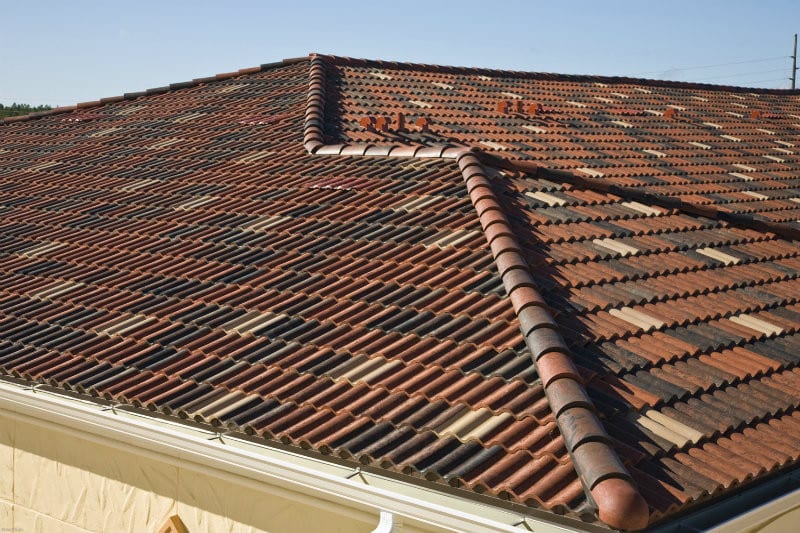
Pros
- Clay tiles can last more than 100 years
- Fireproof
- Attractive look, especially on a Spanish-style home
- Resists fading
Cons
- Very heavy
- Prone to breaking and cracking
- Expensive
- Not a good option in extreme climates
Solar Shingles/Panels
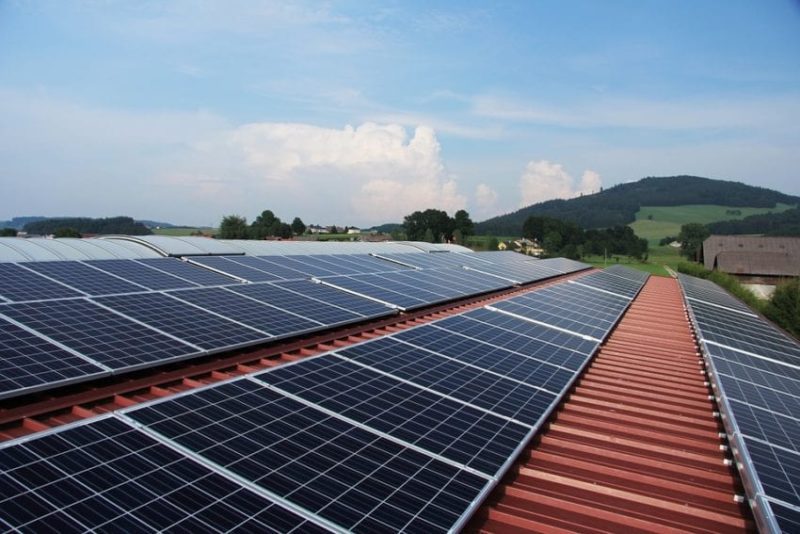
Pros
- Lowers and sometimes eliminates your energy bill
- Some areas have tax incentives
- Some power companies buy your unused energy
- Integrates with some existing roof materials, most easily with asphalt shingles
Cons
- Expert installation required
- Not a good fit for all climates and home styles
- Panels don’t have a terribly attractive look
- Contrary to sales claims, they don’t always “pay for themselves” over time
The Best Time of Year for a Roof Replacement
When dealing with asphalt shingles, there’s going to be adhesive involved in replacing or fixing your roof. You need the temperatures to be warm enough for it to work and set before cold weather sets in. Feel free to ask your contractor about the exact timing since different products have different installation temperature ratings.
Generally, early Spring and late Fall are good times for a roof installation. That gets you out of the freezing temperatures and away from the big rains.
Obviously, if you need to replace your roof due to excessive leaking—don’t wait for the right season. But if you intend to plan ahead, the above recommendations might help the process along and even save you some money since roofing Pros may not be as busy.

